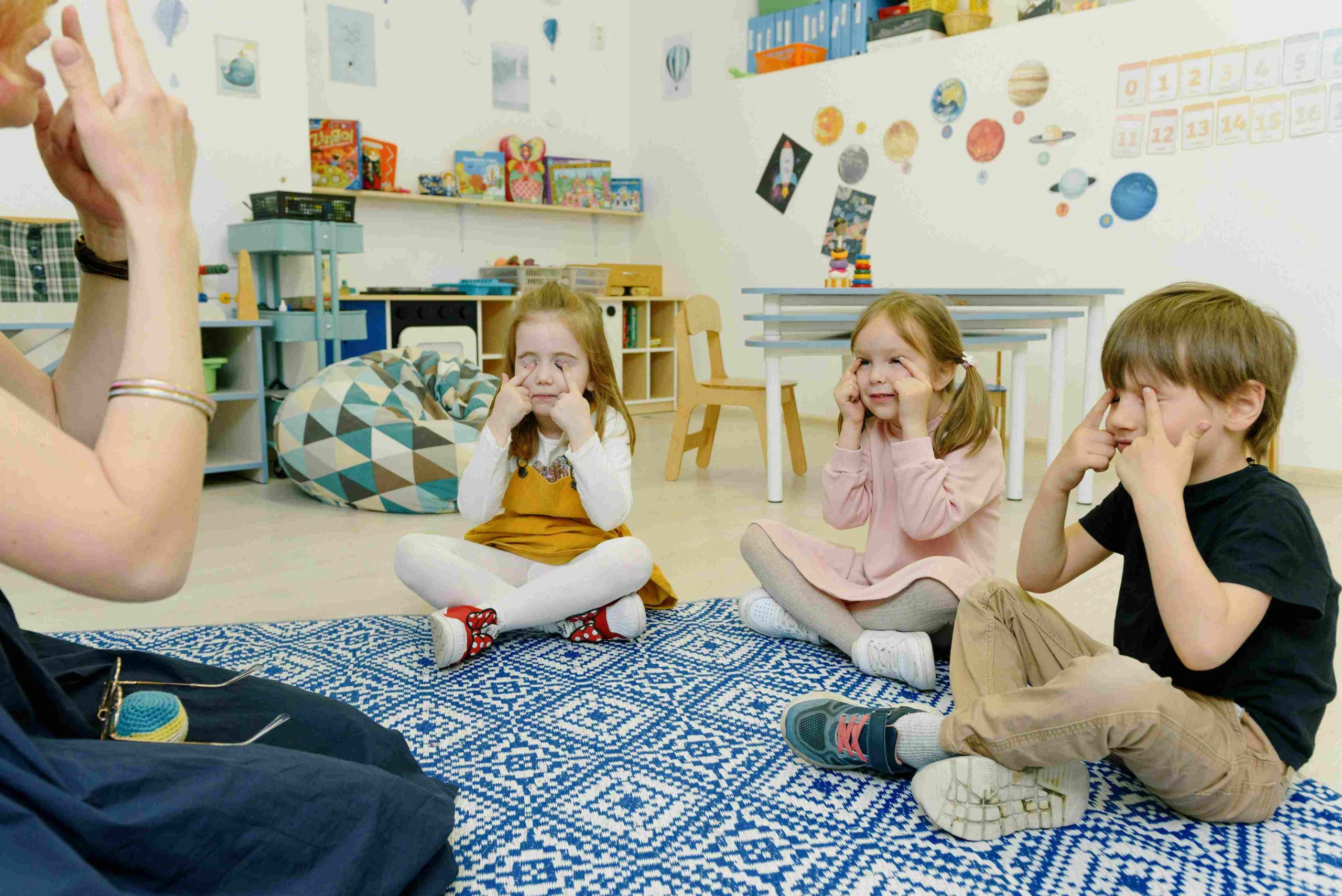
Decoding the Delightful Melodies: Unveiling the Wonders of a Specific Phonetic Pattern
The Fascinating World of Phonetics
In the realm of language, phonetics plays a vital role in deciphering the spoken word. It focuses on the physical sounds produced in speech and how they are perceived and interpreted by the human ear. For preschoolers, this is a crucial stage in their linguistic development, as they begin to grasp the intricate relationship between sounds and meanings.
The Specific Phonetic Pattern Unveiled
Within the vast tapestry of phonetics, a specific pattern has been identified—a rhythmic repetition of sounds or syllables. This captivating pattern is commonly found in nursery rhymes, songs, and chants that preschoolers adore. It is characterised by the repetition of similar sounds, creating a melodic cadence that captures their attention and stimulates their language-learning abilities.
The Captivating Impact on Language Development
The allure of the specific phonetic pattern lies not only in its melodic quality but also in its profound impact on preschoolers’ language development. As young minds are exposed to the rhythmic repetition of sounds, their auditory processing skills are sharpened, enabling them to discern and differentiate various phonetic elements more effectively.
Unlocking the Benefits of the Specific Phonetic Pattern
Implications for Language Learning and Teaching
The recognition of the specific phonetic pattern’s influence on preschoolers’ language development has far-reaching implications for educators and parents alike. By harnessing the power of this pattern, language-learning activities can be designed to maximize engagement and promote effective language acquisition.
The Power of Melodies and Rhythms
The allure of the specific phonetic pattern can be attributed to the powerful combination of melodies and rhythms. Music has long been recognized as a potent tool for enhancing learning and memory. When combined with the repetitive nature of the specific phonetic pattern, it creates a unique cognitive framework that promotes language acquisition. The harmonious interplay between music and language engages multiple regions of the brain, facilitating neural connections and strengthening the learning process.
The mesmerizing effect of melodies and rhythms extends beyond language development. It has been observed that the specific phonetic pattern can also contribute to the social and emotional well-being of preschoolers. Singing and chanting together fosters a sense of unity, promotes social interaction, and cultivates a positive group dynamic. The rhythmic nature of the pattern can have a calming effect, reducing stress and anxiety in young learners.
Incorporating the specific phonetic pattern into the preschool curriculum has the potential to create a holistic learning experience that nurtures not only language skills but also cognitive, social, and emotional development.
Nurturing a Lifelong Love for Language
The influence of the specific phonetic pattern extends far beyond the preschool years. The positive experiences and foundational language skills developed through exposure to this pattern can shape a lifelong love for language and literacy. When preschoolers are immersed in the enchanting world of rhymes, songs, and chants, they not only acquire language skills but also develop an appreciation for the beauty and expressive power of words.
As preschoolers grow into confident readers and writers, the phonetic patterns they internalized during their early years continue to support their language development. The familiarity with rhythmic repetition and phonetic variations aids in decoding unfamiliar words, identifying syllabic patterns, and understanding the rhythmic flow of written language. This solid foundation enables them to engage with literature, express their thoughts effectively, and explore the creative potential of language.
Furthermore, the specific phonetic pattern fosters a positive association with language learning, creating a sense of joy, curiosity, and self-expression. This emotional connection to language fuels intrinsic motivation and encourages preschoolers to explore new words, experiment with sounds, and engage in imaginative play. The seeds sown during the early years continue to blossom, nurturing a lifelong passion for language and the written word.
As educators and caregivers, we have the privilege and responsibility to nurture and cultivate this passion for language in preschoolers. By integrating the specific phonetic pattern into daily routines, educational programs, and home environments, we can create an immersive language-learning experience that empowers preschoolers and sets them on a path of lifelong learning and linguistic exploration.
Incorporating Technology in Phonetic Pattern Learning
In today’s digital age, technology plays a significant role in education. Incorporating technology-based tools and resources can enhance the learning experience and provide additional avenues for preschoolers to engage with the specific phonetic pattern.
Parental Involvement in Phonetic Pattern Learning
Parental involvement plays a crucial role in supporting preschoolers’ language development and phonetic pattern learning. By actively engaging with their preschoolers in language-based activities and creating a language-rich home environment, parents can reinforce the benefits of the specific phonetic pattern.
Professional Development for Educators
In order to effectively incorporate the specific phonetic pattern into language learning and teaching practices, educators can benefit from ongoing professional development opportunities that deepen their understanding of its importance and provide them with practical strategies.
By investing in ongoing professional development for educators, we can ensure that the potential of the specific phonetic pattern is maximized in preschool settings, benefiting the language development and overall learning experiences of young preschoolers.
Assessment and Evaluation of Phonetic Pattern Proficiency
Assessing preschoolers’ proficiency in the specific phonetic pattern is essential to monitor their progress and tailor instruction accordingly. By implementing appropriate assessment strategies, educators can gain insights into individual learning needs and make informed instructional decisions.
Cultural Considerations and Linguistic Diversity
The specific phonetic pattern holds significance across various cultures and languages. Educators must consider the linguistic diversity within their classrooms and ensure that the phonetic pattern resources and activities are inclusive and representative of different languages and cultural backgrounds.


